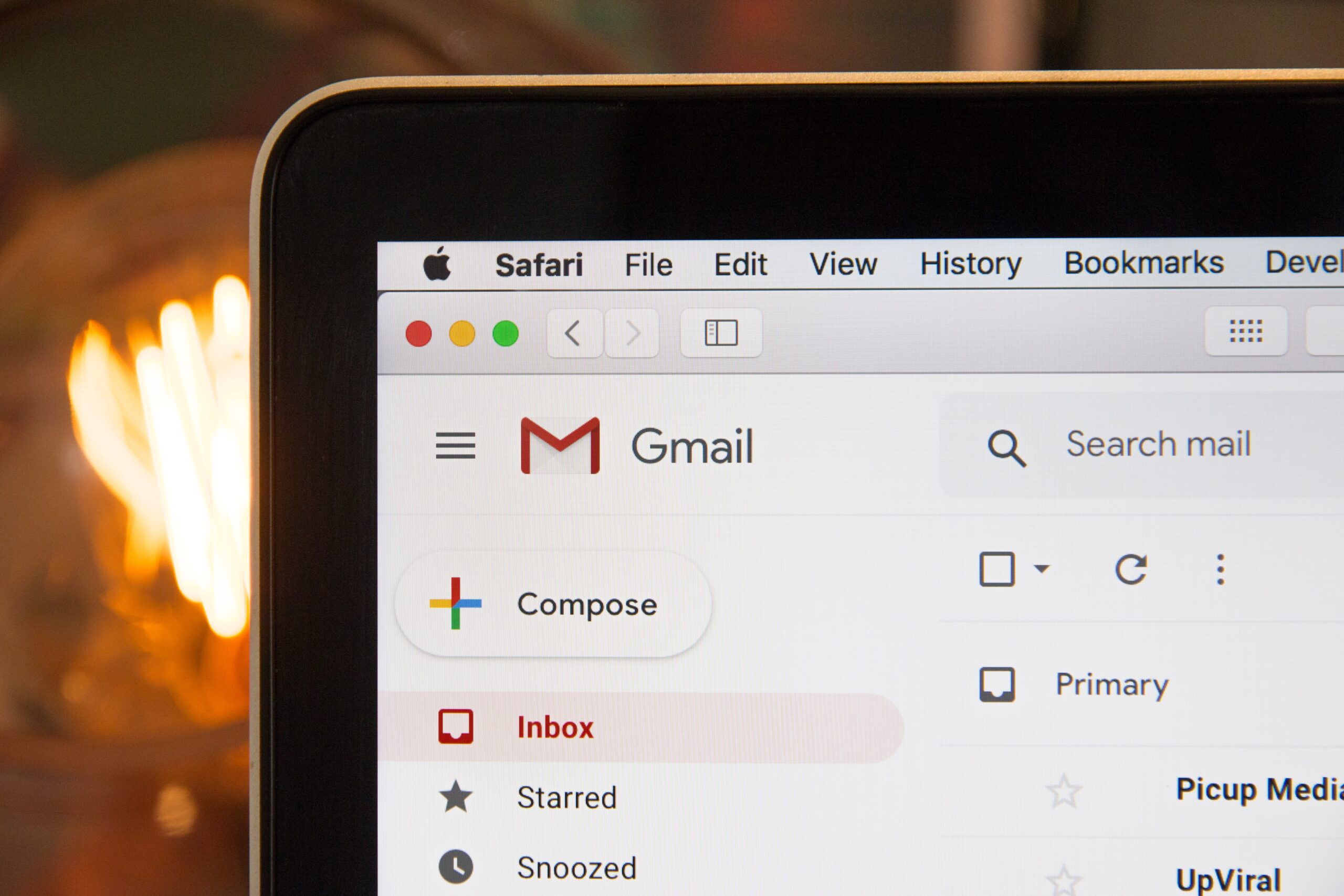Last month, Wired's Clive Thompson wrote on the
"blissfully slow" world of email newsletters. Thompson points out that newsletters, which are now back in vogue, have made our inboxes a "new site of readerly seriousness: How weird is that?" Not that weird, really. In 2016, the newsletter is a pleasant counterpoint to the never-ending feeds we find everywhere else. Infinite scroll is overrated; it's nice to feel "done" reading once in a while.
The creative limitations of newsletters are what make them so inviting: their finite real estate, limited frequency, and lack of shareability. Every day,
92,000 articles are posted on the web, creating a social media shit show in their wake. Newsletters act as individual curators, branded aggregators and self-contained pieces of content; we find peace of mind knowing only the best stuff shines through. Playing up this premium notion, email blasts have become the core product of a new batch of trendy editorial products like
Lenny Letter,
The Skimm,
Lead Sports and, during its launch phase,
The Ringer.
So, which are the best email newsletters? We put together a list of our favorites, hand-clicked by the team at BlueWing and a few of our peers. Thank you
Will,
Steve,
Alicia,
Rob,
Ingrid,
George and
Khalila for the recommendations.






